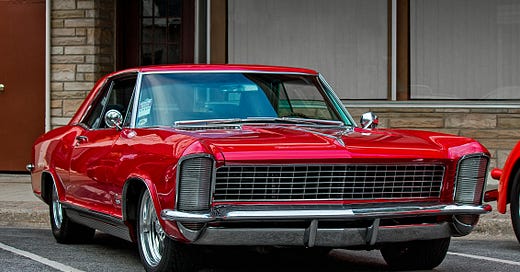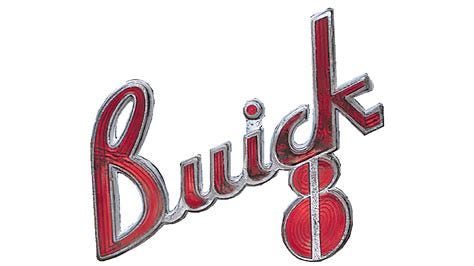David Dunbar Buick was Scottish-born American-based automobile manufacturer. He is best known for the production of a vehicle that was to become the foundation of one of the world's largest car producers, General Motors, once named The Buick Motor Company after him.
David Dunbar Buick was born on September 17th, 1854, in Arbroath, Scotland.
When David was just two years old, he and his parents emigrated to Detroit in Michigan. At age 15, David left school and decided to work for a plumbing company. Eventually, he and his work partner went on to take it over. David excelled while working there. He invented a lawn sprinkler system, a toilet flushing device, and created a way of permanently coating cast iron with vitreous enamel to allow white baths and sinks to be produced, a process that is still used to this day.
By the end of the 19th Century, he had found another interest, the internal combustion engine. He sold his share of the plumbing business for 100,000 dollars (equivalent to £2.5 million today). By 1899 he had started his own automobile company, the Buick Auto-Vim and Power Company.
His initial aim was to develop and produce engines for agricultural use. However, before long he turned his attention to the development of a complete vehicle. Unfortunately, by 1902, he had run out of money and had only managed the production of one car.
In 1902, after an unfortunate failed attempt to get his business up and running, Buick quickly established the Buick Manufacturing Company in the hope that this would be a better success. He intended to produce engines for use in other manufacturers' cars and continue to make his own cars.
However, by 1903, his money had once again run out. Thankfully for him, he had managed to produce an engine that offered far more power than anything else at that time. This was revolutionary and offered car manufacturers many benefits that other engines on the market could not offer.
With money borrowed from a friend, Buick launched the Buick Motor Company in the hope of selling his new engine. However, in 1906 he once again faced massive financial problems. Buick accepted a severance package and left the company with only one share in his possession.
The then-new president of the company, William Crapo Durant, bought this share from him for 100,000 dollars – a fraction of what he would have made if he kept his share in the business. Durant then eventually went on to found General Motors.
Buick made a brief return to the automotive industry in 1921, as president of the short-lived Lorraine motors, and in 1923 with the design of an automobile prototype, the Dunbar. He did this to make some money after blowing his fortune on unsuccessful investments in California oil prospects, Florida land, and an attempt with his son Tom to manufacture carburettors.
In 1924 at the age of 64, he returned to Detroit with no job and no money to support himself. Buick admitted in an interview that took place in 1928 that he was completely broke and was not even able to afford a telephone. He eventually managed to find a job as an instructor at the Detroit school of trades but, not long after his health began failing.
David Dunbar Buick died on March 5th, 1929, following an operation to remove a colon cancer tumour. He was 74 years old and was buried at Woodmere Cemetery in Detroit, Michigan. His headstone bears the vertical Buick automobile brand logo that he founded.
In 1974 he was inducted into the Automobile Hall of fame, so his name will not be lost in history. In 1994 a commemorative plaque was placed on the walls of the former Masonic Hall in Arbroath to remember the legacy he left behind. Buick remains, to this day, a man responsible for significant advances in the development of motor cars which remain relevant across the world.
The General Motors company has since paid tribute to Buick and his importance to the modern-day Buick brand - more than 50 million Buick cars have been sold in the last Century.





